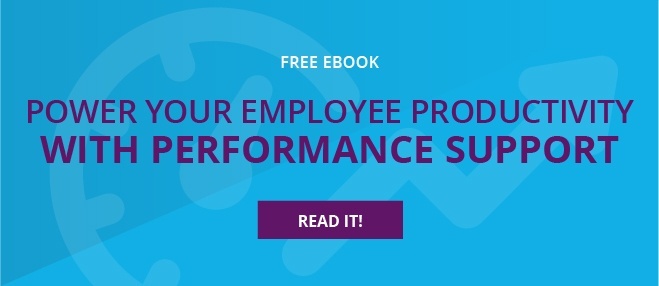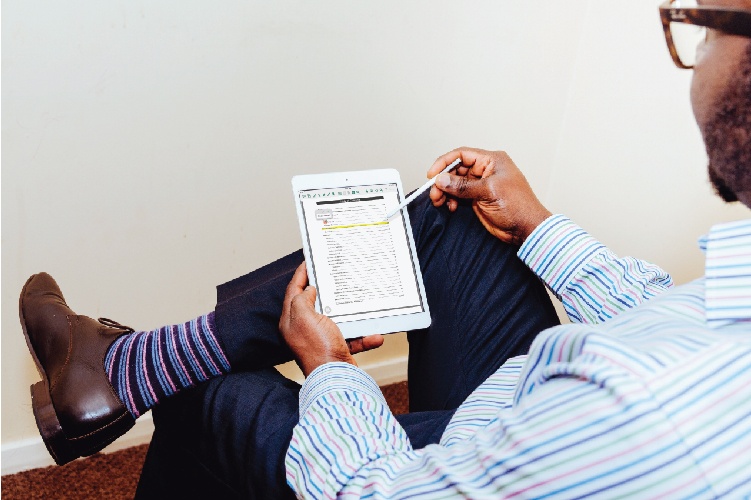Computer collaboration tools have come a long way since the dawn of the PC, to the point where terms like “floppy disk” and “sneaker net” are now anachronisms. It seems that every mobile collaboration suite has a similar set of features, but all of the best ones have these four at a minimum:
Mobile
We’re differentiating here between a laptop computer and tablets or smartphones. Having laptop-strength computing power in a phone or tablet enabled manufacturers to add features like cameras for still and video photography, along with voice recognition for commands and speech-to-text capabilities. Collaboration apps on mobile devices store and sync all the communication and documents in one place, making it convenient to standardize on one platform instead of many. Employees also benefit from cloud storage systems in that they can log on to any device and access their files remotely, wherever they are.
Video
There are statistics that show video is processed more quickly by the brain than text, but that’s not why video is necessary. The requirement is driven by the change in how information is consumed, especially by Generation Y and the age group that follows them, the post-millennials. Video communication is second nature for younger generations, having grown up with digital recording devices at the ready. Corporate collaboration hasn’t used video much beyond training but we expect widespread use for everyday communication to increase as people of all ages grow more comfortable using social apps regularly.
Annotation
Adding comments on text content has been available in word processors and PDF readers for a while, but as we mentioned about the spread of video, annotating videos is a feature that will become more common. To be sure, any good-quality collaboration software should have the ability for commenting on videos, or using video or audio to send feedback about the job at hand.
Multi-User Editing
Sending files back and forth is no longer necessary, and actually stands in the way of collaboration. Many services track version history, putting file changes at a glance, along with the user name of the person who made the change. This eliminates multiple versions of e-mailed files, keeping everyone literally on the same page.
We’re now about 20 years on from the demise of the floppy disk, which, looking back, we could hardly have imagined the collaboration tools available to corporate teams today. The tools of 2037 are similarly out of our grasp, and there’s no telling what collaboration will even look like. We just know that the tools we have now are as useful and productive as we could ask for.
For more information on how to support your mobile, deskless workforce, download our latest ebook: Power Your Employee Productivity With Performance Support






